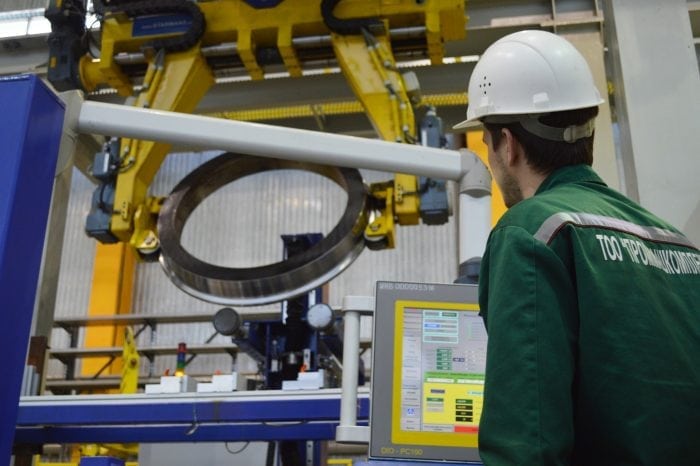The Influence Of Climate-induced Salinization On Temporary Pools In A Large Dune Field

Temporary pools are one of the most abundant types of aquatic habitats worldwide; however, they are also one of the most threatened and least studied….
Read more










